Menstrual cycle: Practical considerations for the team physician
Rita Tomás MD MS
Introduction
The female athlete faces a changing hormonal milieu thorough the menstrual cycle. The reproductive hormones have an impact on several physiological systems and may influence training adaptions, performance, recovery, and injury risk.
It is still unclear the direction and magnitude of these effects in the different phases of the menstrual cycle. Research about this topic is limited and the menstrual cycle is frequently considered a barrier to include female athletes in sports performance studies1-4. In the scarce literature available, the methodological quality is generally low, and the results are often conflicting5-6.
Due to the large variation of the hormonal profile during the menstrual cycle between athletes, and within the same athlete on different cycles, monitoring cycle phases and symptoms is paramount to develop a tailored strategy.
The focus of this article is the eumenorrheic athlete, with a menstrual cycle length between 21 and 35 days, with 9 or more consecutive periods per year7. The use of Oestrogen Progesterone hormonal contraception and its relation to performance and injury risk will not be reviewed.



